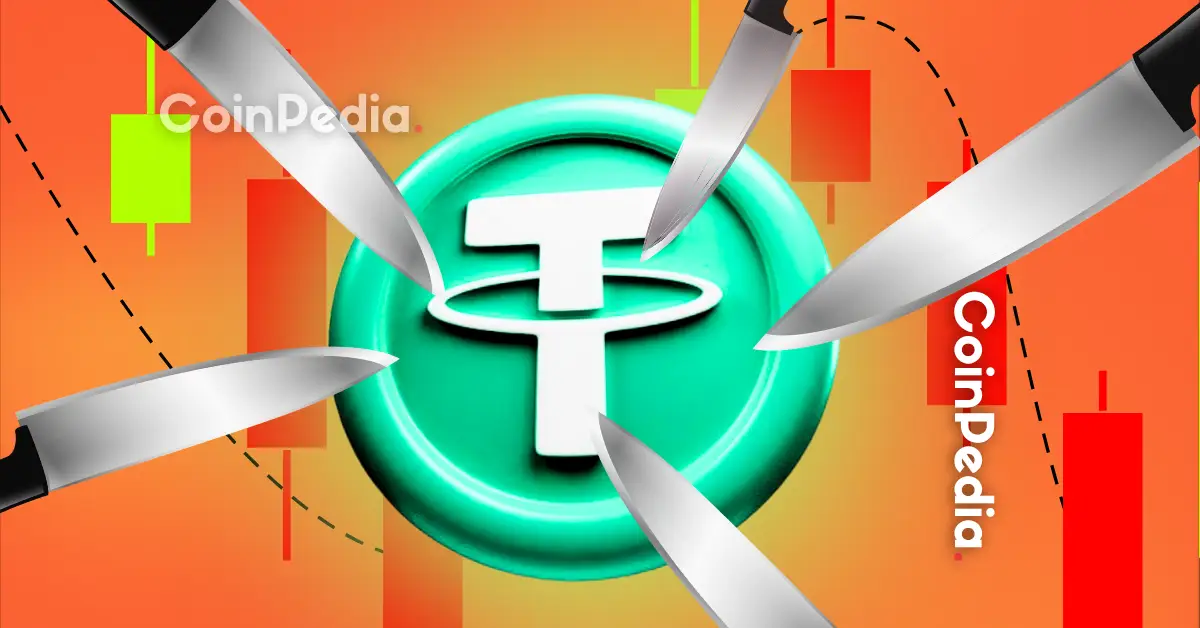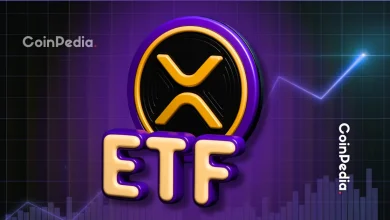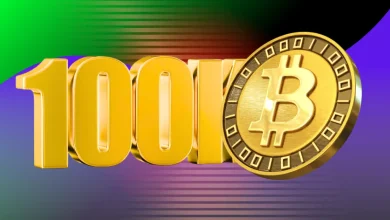
S&P downgraded Tether’s USDT to its lowest “Weak” rating, citing rising reserve risks.
Experts warn Bitcoin exposure now exceeds Tether’s safety buffer, putting the peg at risk.
Transparency gaps and growing high-risk assets raise fresh concerns over USDT’s stability.
Tether has taken plenty of hits over the years, but this one could be different.
On November 26, S&P Global Ratings dropped an update that could end up being one of the most important stablecoin calls in a decade. And as author and analyst Shanaka Anslem Perera explains, the numbers behind it should make the entire market pay attention.
A “Weak” Rating for the World’s Biggest Stablecoin
S&P cut USDT to its lowest stability score – 5, labeled “Weak.” No stablecoin of this size has ever been rated this poorly.
Perera breaks it down in one brutal comparison:
- Bitcoin in reserves: 5.6%
- Tether’s safety buffer: 3.9%
“Read that again,” he wrote. “The volatile asset exceeds the cushion meant to absorb its fall.”
S&P didn’t sugar-coat anything either. A Bitcoin drop, it said, could lead to USDT being undercollateralized.
For a $184B stablecoin used across exchanges, DeFi, and emerging markets, that’s a serious warning.
Skeptics Spent 10 Years Asking for this Moment
For years, critics argued that Tether’s disclosures didn’t match its influence. Regulators agreed long before S&P weighed in.
Perera points out:
- The New York Attorney General found USDT was fully backed on just 27.6% of days examined.
- The CFTC fined Tether $41M for claiming dollar backing while holding loans and other non-fiat assets.
Yet USDT didn’t shrink – it exploded, becoming the backbone of global crypto trading.
The Reserve Mix Has Changed And Not in a Safer Direction
The downgrade isn’t just about Bitcoin. S&P flagged that Tether’s riskier assets – gold, loans, corporate bonds, BTC – climbed from 17% to 24% of reserves in just one year.
At the same time, S&P says transparency is still thin due to no full audit, no clarity on custodians or counterparties, and no asset segregation if Tether becomes insolvent
And as Perera notes, the millions of users in Lagos, Manila, or Caracas who rely on USDT as their dollar are unlikely to review S&P’s recent assessment, i.e. they may have no idea about the risk.
Tether Fires Back But the Market Will Decide
CEO Paolo Ardoino dismissed the downgrade entirely, saying Tether “wears S&P’s loathing with pride.”
But Perera’s message is simple: this is the first official verdict on the world’s most-used stablecoin and the next verdict comes from the market.
With USDT clearing more than $100B in daily volume, the stakes couldn’t be higher.
Trust with CoinPedia:
CoinPedia has been delivering accurate and timely cryptocurrency and blockchain updates since 2017. All content is created by our expert panel of analysts and journalists, following strict Editorial Guidelines based on E-E-A-T (Experience, Expertise, Authoritativeness, Trustworthiness). Every article is fact-checked against reputable sources to ensure accuracy, transparency, and reliability. Our review policy guarantees unbiased evaluations when recommending exchanges, platforms, or tools. We strive to provide timely updates about everything crypto & blockchain, right from startups to industry majors.
Investment Disclaimer:
All opinions and insights shared represent the author's own views on current market conditions. Please do your own research before making investment decisions. Neither the writer nor the publication assumes responsibility for your financial choices.
Sponsored and Advertisements:
Sponsored content and affiliate links may appear on our site. Advertisements are marked clearly, and our editorial content remains entirely independent from our ad partners.








